As of early 2023, the Russian invasion has already caused USD 143.8 billion losses to Ukraine. More than 150,000 residential buildings, 347 bridges, and over 3,000 educational institutions were damaged or destroyed. Dozens of villages and towns have been wiped off the face of the earth.
Addressing the challenge of restoring territories with such extensive destruction is a compelling task. When planning the restoration of Ukraine, we should learn about the experience of European countries in the post-war period/in the middle of the last century. Progressive cities then lay in ruins, with no resources to recover.
Transparent Cities program (Transparency International Ukraine) has been collecting the most diverse experience of restoring the world's cities after wars and disasters for more than a year. We invite you to read the stories from Budapest, Rotterdam, Cologne, and Berlin.
The next city in that line is Vienna. The capital of Austria survived 7 years of occupation and heavy bombing by the allies of the anti-Hitler coalition, and later found itself on the outskirts of “Free Europe” next to the Soviet Iron Curtain.
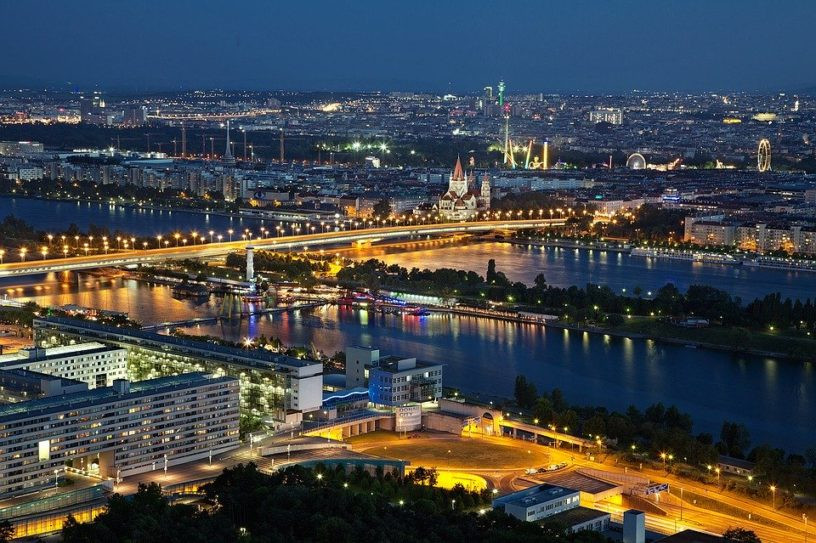
View of the Viennese banks of the Danube © Pixabay
Fighting and destruction in the city
The events before World War II took place in Austria back in 1938 with so-called Anschluss (annexation of the country) by German troops in a few days. Once part of the Third Reich, Vienna remained a relatively calm city for a long time during the war.
The city was first hit by Soviet aviation in 1942 but the main wave of bombing occurred in 1944 when the allies went on the offensive against the Nazis from different fronts.
The city experienced 52 major attacks with the largest one right before the liberation. On the same month, US and UK warplanes dropped more than 80,000 tons of bombs. 9,000 people died, 21% of the housing stock (about 12,000 buildings) was destroyed, sewers and other critical infrastructure was damaged. The historical center of the city was destroyed the most, including such famous cultural monuments as the State Opera, Schonbrunn Palace, the Burgtheater, the Albertina Gallery, and St. Stephen's Cathedral which even has an interesting legend.
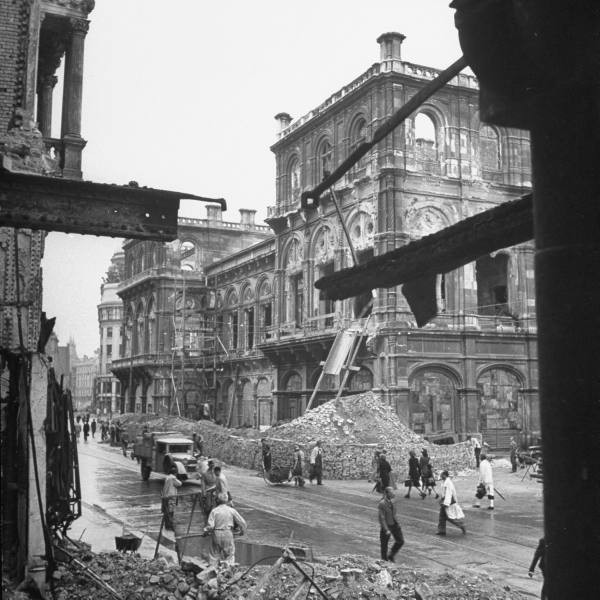
Destroyed Vienna Opera House © The Esoteric Curiosa
They say that during the final battle for the city in 1945, resistance fighters climbed one of the towers of the cathedral and placed a white flag of surrender there. After that, Hitler allegedly personally ordered the Wehrmacht captain to turn the cathedral building into ashes. However, he refused to bomb the cathedral for moral reasons. So, the cultural monument remained intact. However, St. Stephen's Cathedral was not that lucky, it burnt down after a fire spread there from neighboring shops fires set on by robbers.
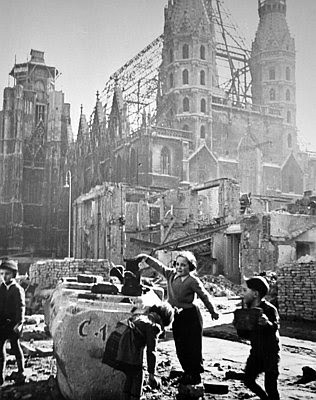
Destroyed St. Stephen's Cathedral © Unknown source
Interestingly, the strategic bombing of the allies affected the city development, and here we are not talking about destruction. The fact is that following the initial unexpected attacks on the Third Reich, authorities made the decision to construct air defense towers in Berlin and other crucial cities. These structures served as mini-bases for Nazi troops, housing cannons and extensive ammunition depots.
Each of the built towers was approximately 10 floors high with 1- to 3-meter-wide concrete walls. Accordingly, they were safe bomb shelters with their own wells, power plants, elevators and food supplies. In the most difficult days, up to 15 thousand citizens could hide there. All three Vienna towers are still available for tourists, and mostly function as public spaces.

Flak Tower now © Rob Hurson
Vienna in the early post-war years
Already in early April 1945, Soviet troops ousted the Nazis from Vienna. Austria, similar to Germany, was partitioned into four zones – American, British, French, and Soviet, which encircled the capital from all directions. Internally, Vienna was likewise segmented into zones, with the central district being governed jointly by all four allies.
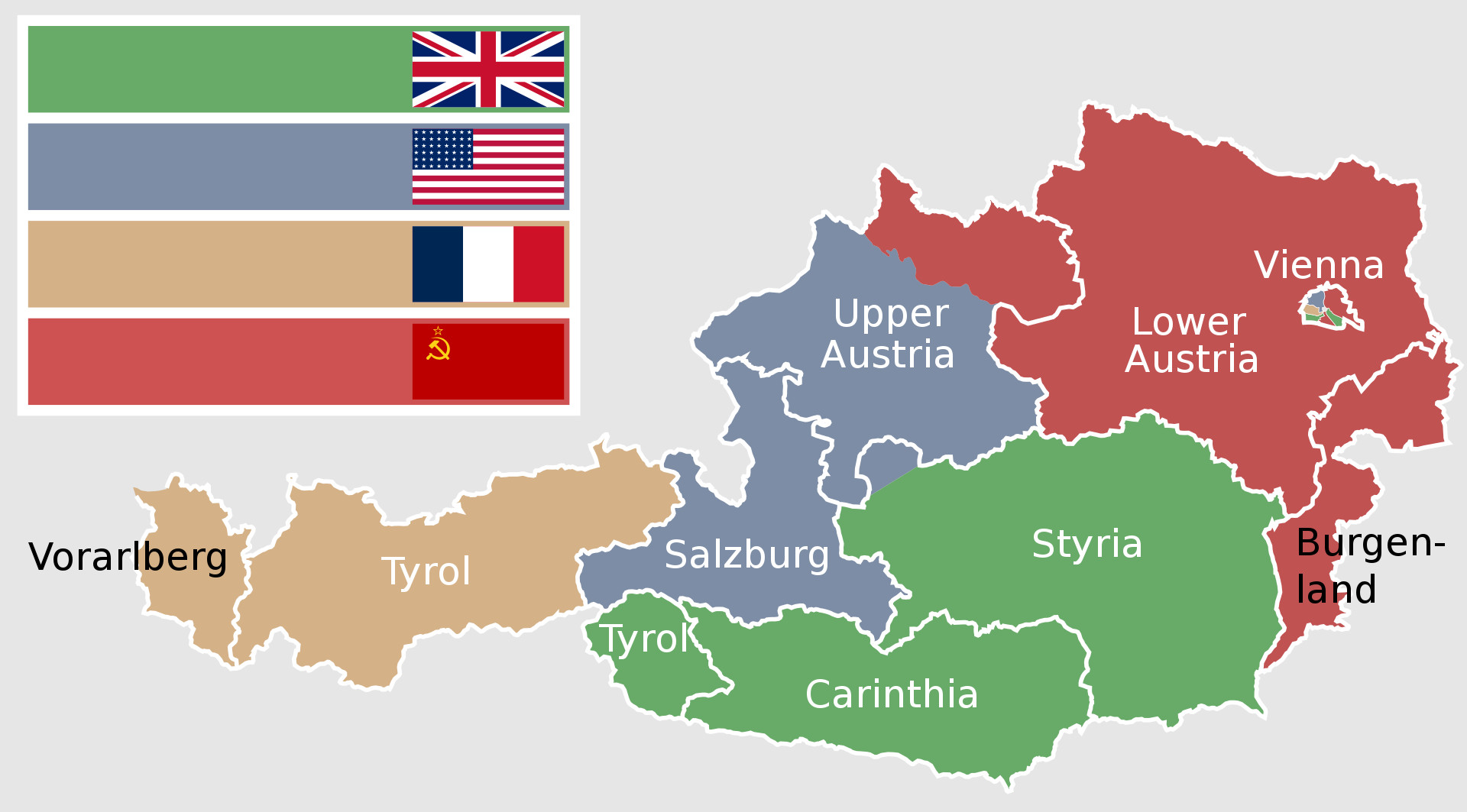
Occupation zones of Austria © Master Uegly
Upon the cessation of hostilities in the city, the provisional city administration, along with representatives from various parties, including the Communist party, returned. The newly formed government prioritized establishing social security programs for both the youth and the elderly, as well as undertaking the repair of city communications and the restoration of the urban infrastructure. This comprehensive effort spanned nearly 15 years, lasting until the early 1960s.
The country's economy was struggling, particularly given the strict division of the occupation zones in the initial post-war year, with the Soviet-controlled part of Austria remaining isolated until 1955. Governments formed in distributed zones survived through commodity exchanges with neighboring countries and territories, such as Switzerland and Bavaria. The Soviet authorities in “their” zone actively confiscated former German property as reparations: industrial facilities, railway cars and oil production.
Borders within Austria, import restrictions, and Soviet confiscation of industrial assets only exacerbated the shortage of raw materials, especially coal. But there was a more significant issue close by – shortages of food in the midst of a growing number of people experiencing starvation. Food could not reach the capital or other cities of Austria due to artificially created borders and political tensions between Eastern and Western Europe.
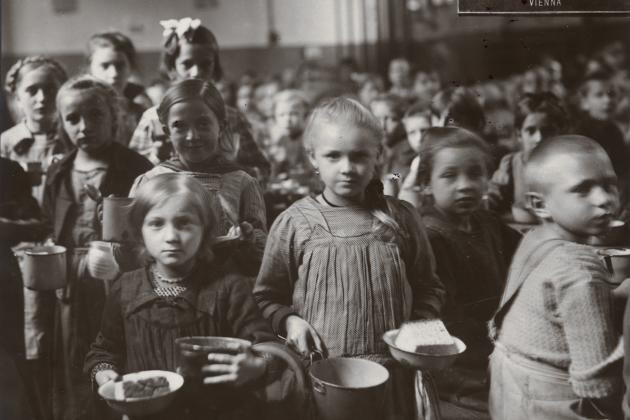
Children in Vienna receive food from international organizations © Hoover Institution
Gradual flourishing of Vienna and Austria
The situation in the country and the city improved significantly when international aid began to arrive there. First aid packages from the American CARE International helped defeat the famine, and the famous “Marshall Plan” helped launch the economy in 1948. Austria received about a billion dollars of support, which amounted to USD 132 per inhabitant.
At the same time, the country was still in a dangerous situation at that time: tensions between the USSR and Western countries were only growing, and part of Austria was still occupied by Soviet troops. Austria may well repeat the fate of a divided Germany or even disintegrate altogether. The American Marshall Plan became a kind of lifeline and laid the foundation for European and transatlantic cooperation in Austria.
That was because the United States not only provided funds, but also persuaded the recipient countries to focus on Western democratic ideas, and not slide into the orbit of communists. Already in 1955, after Stalin's death, Austria gained the long-awaited independence, and all the allies left the entire territory of the country. Beyond political influence, the Marshall Plan also played a role in Austria's economic strengthening, enabling the country to break free from reliance on external support.
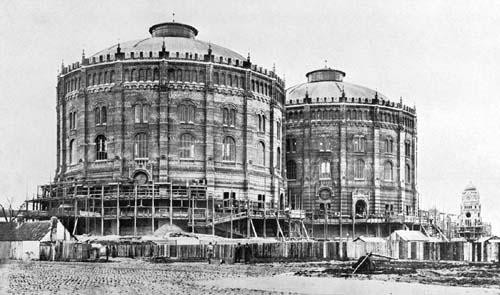
Vienna gas meters, later converted into multifunctional centers © Planum
During the post-war era, the industrial output of the Viennese Basin, specializing in metals, textiles, and food, experienced substantial growth within the city. Furthermore, construction firms played a vital role in refurbishing and modernizing housing and infrastructure, fostering the generation of new employment opportunities, and revitalizing economic activity in the city. The industrious efforts of the people, coupled with external support, led to the emergence of the Austrian “economic miracle” in the 1960s. During this period, the country elevated itself to the status of developed economies in contemporary Europe, attracting labor migrants from Italy and Greece to Austria.
Situated in the heart of Europe, the city temporarily relinquished its advantageous geographical status as the “Iron Curtain” separated it from the countries of the Warsaw Bloc to the east. However, starting from the early 1950s, Vienna became the host city for several international organizations, including the IAEA, OSCE, and OPEC. That was favorable for the city and helped to restore it as an important European political center. Now it is a potential danger: intelligence agents from different countries, including Russia and Iran, are working in the city.
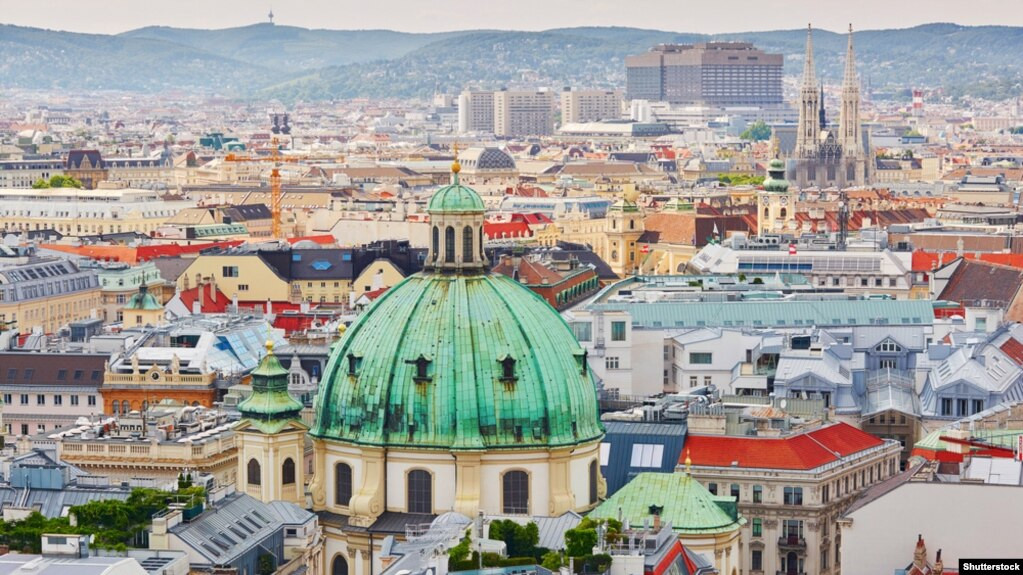
Modern Vienna from a height © Shutterstock
Vienna has preserved and even increased its cultural significance becoming a true tourist magnet in Europe. The recovery reached the tourism sector in the first half of the 1950s, when more than 500 million shillings (the Austrian national currency before 2001) were allocated for this purpose as part of international support. While the majority of the investment didn't flow into Vienna but rather into other regions of the country near the Alps, the city benefited from the return of thousands of tourists and foreign currency, which is crucial for economic growth.
The Austrian capital is now an elegant city, a legacy of the Habsburg Empire, the birthplace of talented architects and composers. The city's architecture impresses with a combination of Art Nouveau, baroque and Gothic styles. According to Euromonitor International, before the 2020 pandemic, Vienna was visited annually by 6.6 million tourists — this is the eighth result among all European cities. In addition, Vienna has become the most comfortable city in the world for the third time according to The Economist.